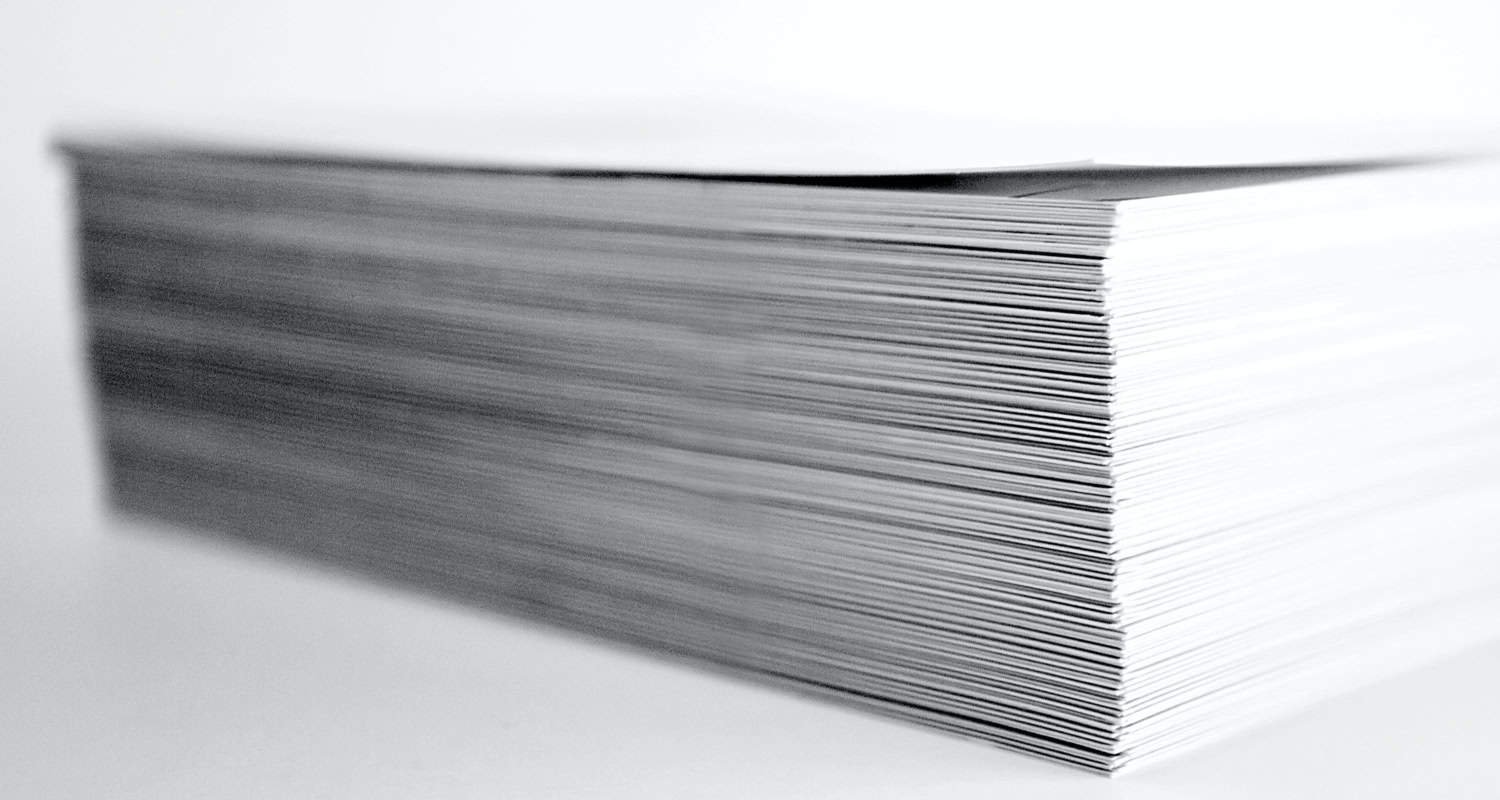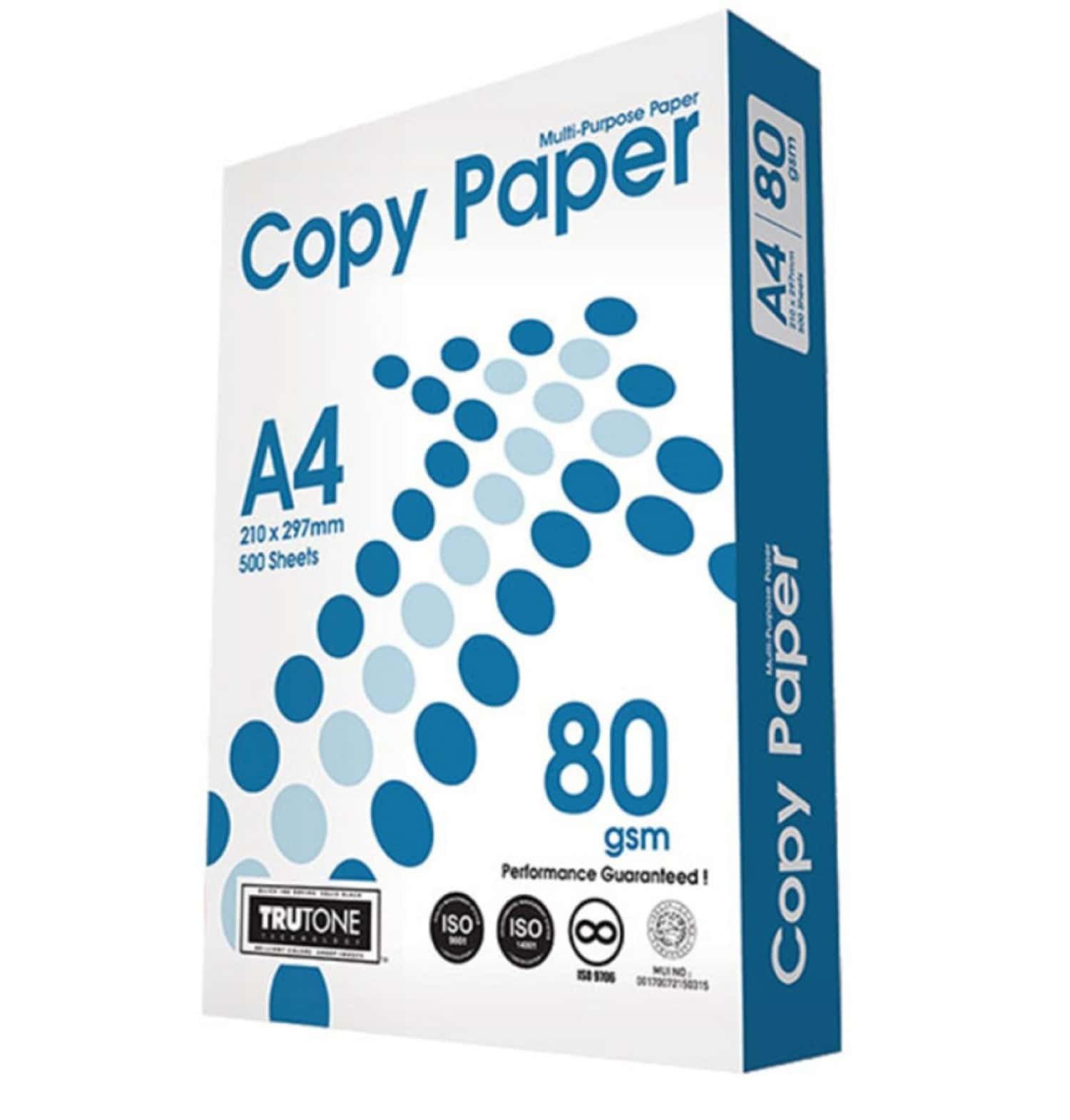Have you been thinking about what size copy paper is? Then you are in the right place. Let us read on to know more about what size is copy paper.
The most popular copy paper size is 8 ½” x 11″. Letter-sized paper is the standard for all copiers, printers, and fax machines. It is available in reams (quantities) of 500 sheets at all stationery and office supply stores and many pharmacies and supermarkets. To know more, keep on reading.
Copy paper is a must-have office item for printing, copying, and writing. It comes in a variety of sizes, each of which is ideal for a distinct function. The North American and worldwide standard sizes are the most prevalent copy paper. We’ll look at what size is copy paper, various copy paper sizes, and what they’re used for in this post.
Table of Contents
Introduction
People commonly use legal-size copy paper for printing contracts and legal papers.
Before we go into the different copy printer paper sizes, let’s define what it is and why it’s necessary. People use copy paper, a special type of paper, for the purpose of printing and copying documents. It has a smooth surface made of wood pulp or recycled paper.
Any office or workspace requires copy paper as it serves multiple tasks, including printing and copying documents and creating notes and memos. It also creates presentations and reports and prints marketing materials like brochures and flyers. So what size is copy paper?
See Also: Executive Paper Size
Standard Sizes of the Copy Paper
The North American standard sizes are the most prevalent copy paper in the United States and Canada. The letter, legal, and ledger sizes are based on the ANSI (American National Standards Institute) standard.
Letter Size
In North America, a letter is the most common copy paper size. 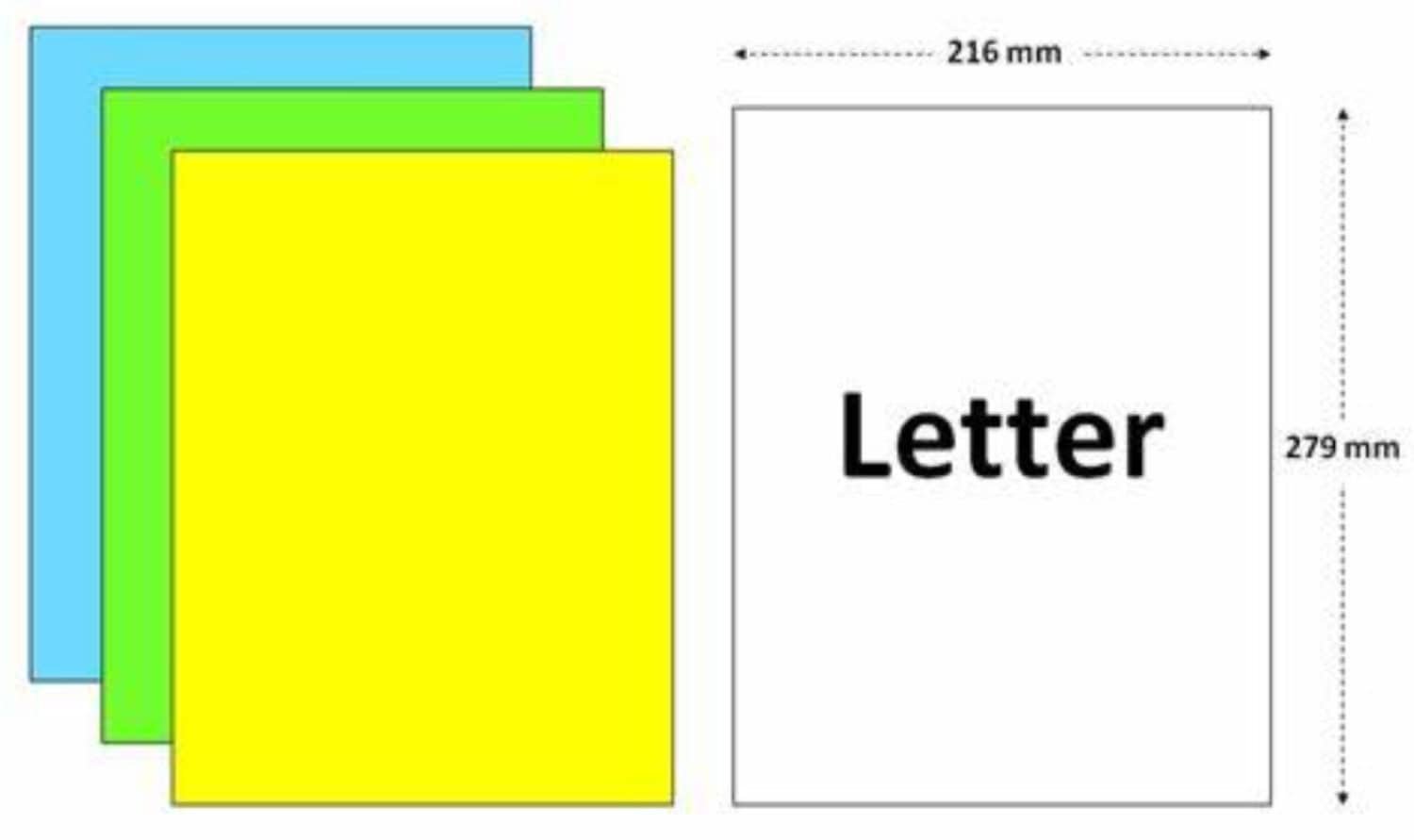
It prints letters, papers, and reports and measures 8.5 x 11 inches. Marketing materials such as flyers and brochures are also printed in letter size.
Legal Size
The legal format, which measures 8.5 x 14 inches, is bigger than the letter size. It’s used for printing legal papers like contracts and agreements and documents that demand more space than a letter size can supply.

Booklet printing, such as employee handbooks and training manuals, also uses legal size. It can be conveniently folded in half to create a compact booklet for reading and storage.
International Standard Dimensions
Europe and other nations utilize international and standard sizes used in North America. The A and B series are standard sizes based on the ISO (worldwide Organization for Standardization) standard.
A Series
The A series holds the distinction of being the most widely used worldwide standard copy paper size. The A4 format, which measures 8.27 × 11.69 inches, is similar to the letter size in North America. Nations adhering to the ISO standard utilize it for printing papers, reports, and letters.
A3 paper is twice the size of A4 paper, measuring 11.69 × 16.53 inches. They can be utilized for printing larger papers such as posters, charts, and maps.
See Also: A4 Size Factsheet – Plus RA4 and SRA4 (papersize.co)
B Series
Although the sizes vary, the B series uses the same aspect ratio as the A series.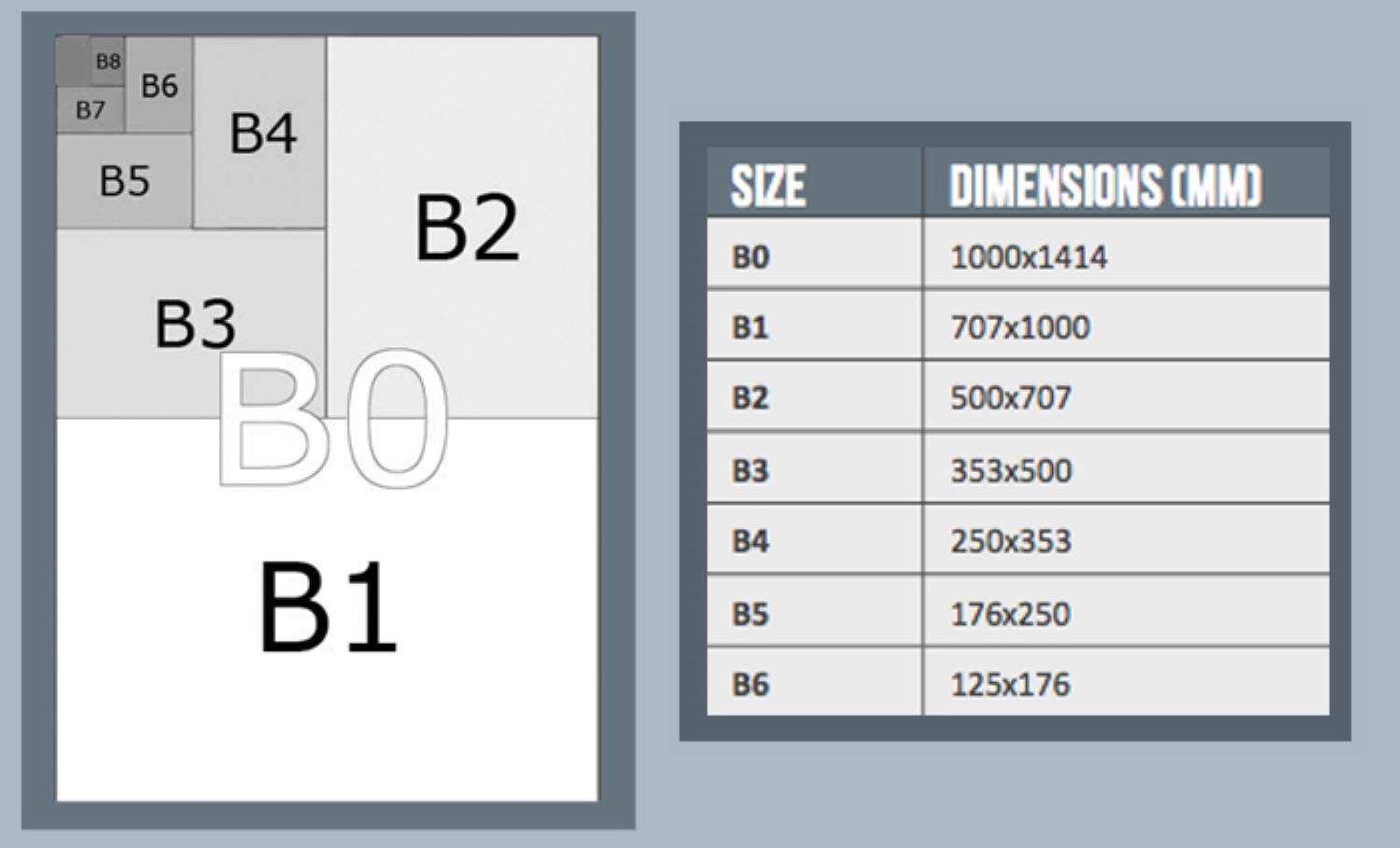
The most frequent size in the B series is the B4, which measures 9.84 x 13.90 inches. It prints items larger than A4, such as magazines and newspapers.
Other Sizes of Copy Paper
Specialized sectors or specific reasons use other copy paper sizes besides the North American and worldwide standard sizes. Tabloid, executive, and folio sizes are among those available.
Tabloid Dimensions
The tabloid format (11 x 17 inches printer paper dimensions) is sometimes known as the ledger size.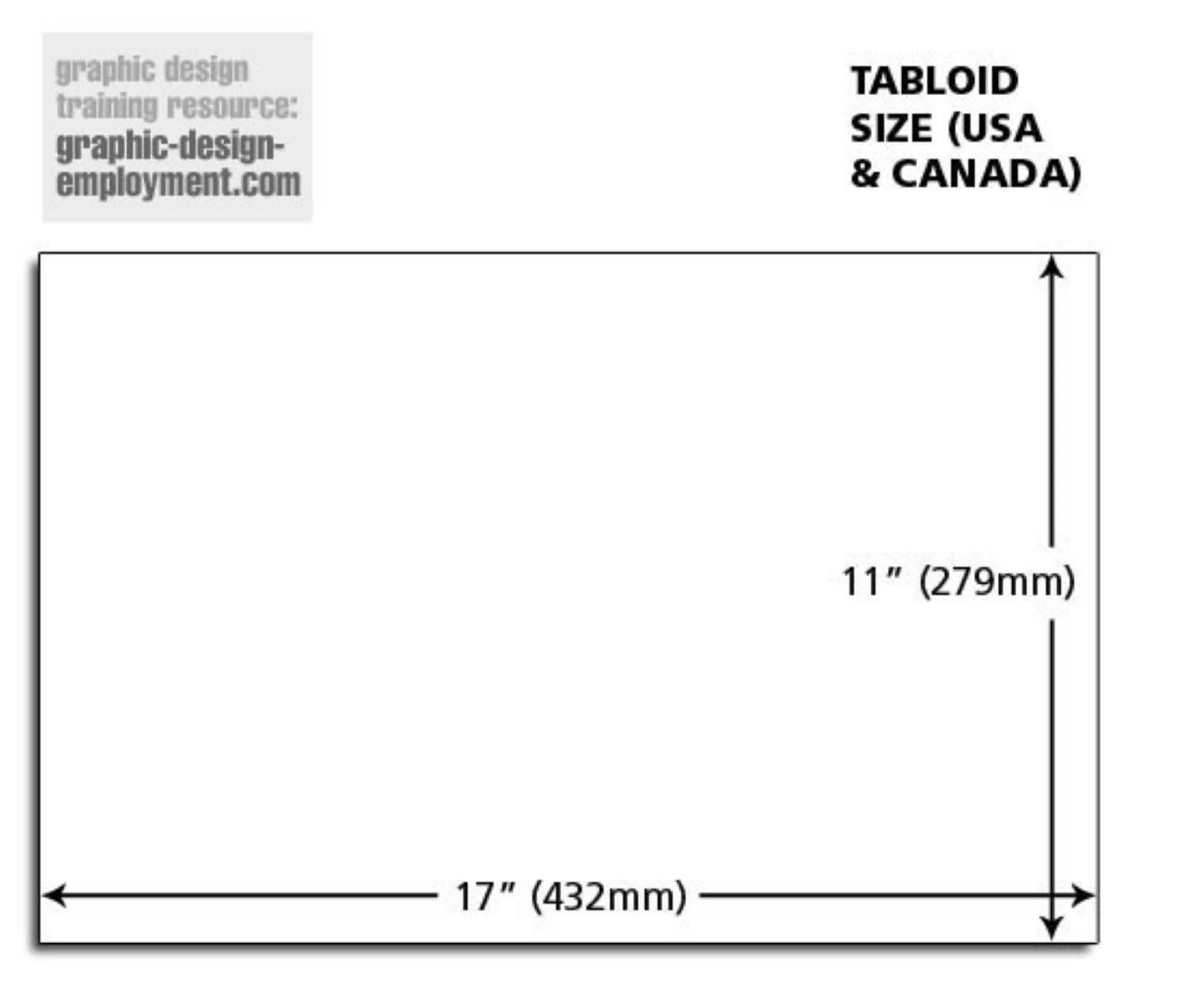
The newspaper and magazine industries frequently employ it to print large pages containing images and advertisements.
Executive Size
The executive size is 7.25 by 10.5 inches and is there to print tiny documents like note cards and notes.
People also utilize executive papers to create personal stationery, such as letterhead and envelopes.
Folio Dimensions
We use the folio size of 8.5 x 13 inches for printing legal documents that require a larger size than the legal size.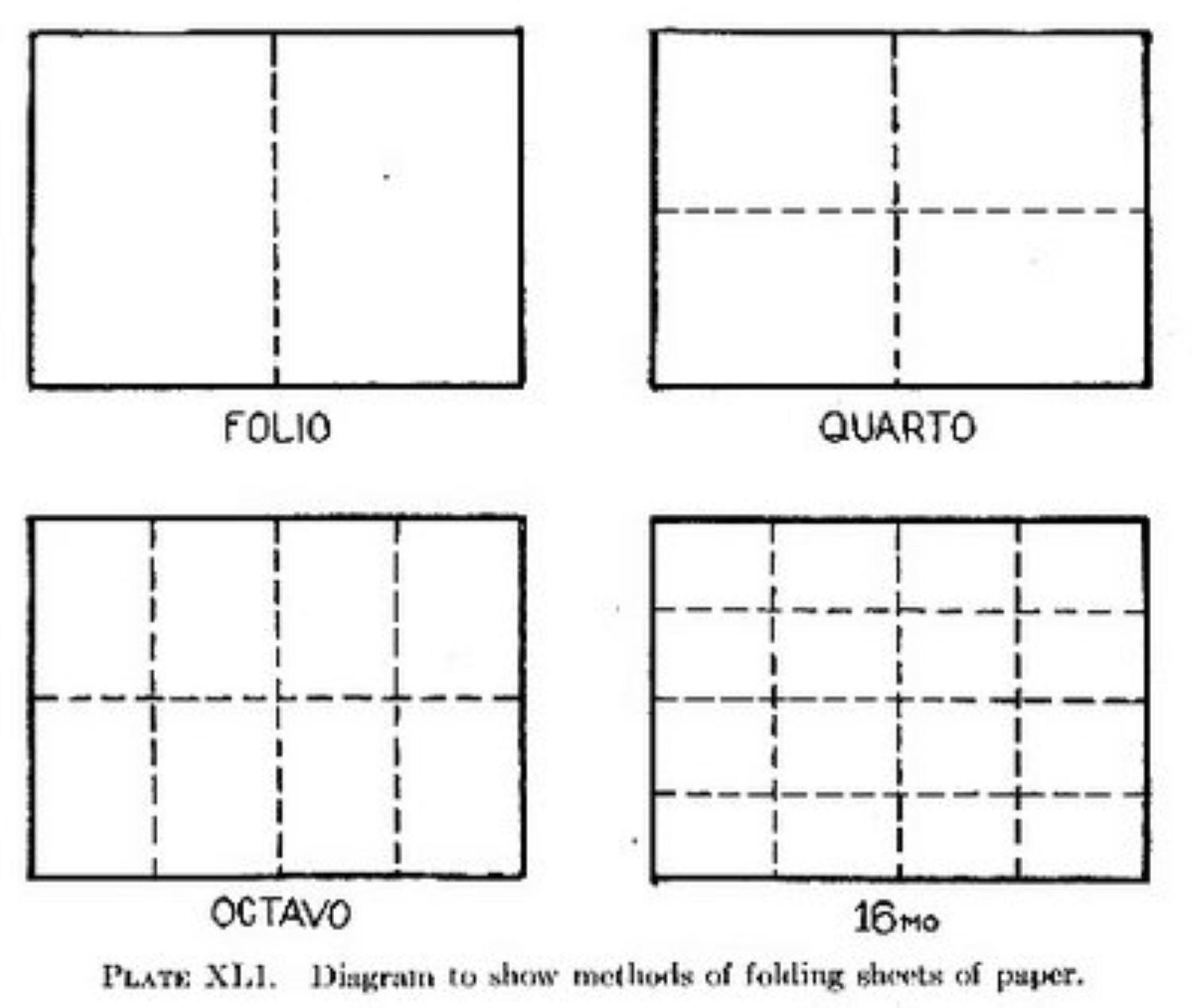
Menus and brochures, among other documents and publications that need to be folded in half, are also printed by them.
Choosing the Right Size
There are various aspects to consider when selecting the proper copy paper size. The goal of the document you’re publishing is one of the most crucial considerations. If printing a document with a lot of text or photos, you should pick a larger size of printer paper to ensure everything fits on the page.
Another consideration is the printer’s capability. Because certain printers can only handle specified paper sizes, it’s critical to check the printer specs before choosing a paper size; using the incorrect paper size can result in jams, misalignments, and other printing difficulties that are annoying and time-consuming to repair. This is one of the what size is printer paper is.
It’s also crucial to evaluate the document’s arrangement. If printing a folded document, such as a brochure or booklet, you must pick a paper size that allows for the required folding. This is all about what size is copy paper.
Visit: ISO 536 Paper Weights 120gsm, 90gsm, 80gsm – US & Canada 20lb, 24lb (papersize.co)
FAQs
What is the finest paper for printing?
Matte paper is ideal for printing. This paper is most often used since it is appropriate for all daily printing chores. Matte paper has a white coating that helps ink dry faster than other paper types, making it ideal for a quick-turnaround document.
What is the weight of copy paper?
Typical office papers (thin and fragile) used in printers or copiers have paper weights ranging from 70 to 90 gsm. Newspapers often utilize 50 GSM papers. Business cards, book covers, and folders are printed on 200 gsm paper, whereas event invites are printed on 300 gsm paper.
How do you gauge the size of a piece of paper?
Measure the length of the paper from top to bottom using a ruler. Align the ruler's edge with the bottom of the sheet of paper. To acquire the measurement, look at where the top of the paper meets the ruler.
What is the thickness of the paper?
Paper thicknesses range from 0.02 mm to 1.20 mm. The thickness of typical office paper ranges from 0.05 mm to 0.10 mm. We can easily measure the thickness of a sheet of paper by using specialized precision equipment such as micrometers and calipers.
Conclusion
Finally, copy paper comes in a variety of sizes, each of which is ideal for a distinct function. The North American and worldwide standard sizes are the most prevalent copy paper. Letter, legal, and ledger sizes are typical in North America, whereas A4, A3, and B4 formats are standard elsewhere.
Choosing the correct copy paper size is critical for achieving the best printing results. When deciding on a paper size, consider the purpose of the document, the printer’s capabilities, and the page’s layout. By selecting the correct copy paper size, you can guarantee that your printed products look professional and are easy to read and keep. We hope this article on what size is copy paper.
See Also: Magnification Factors of Photocopying & Paper Scale

